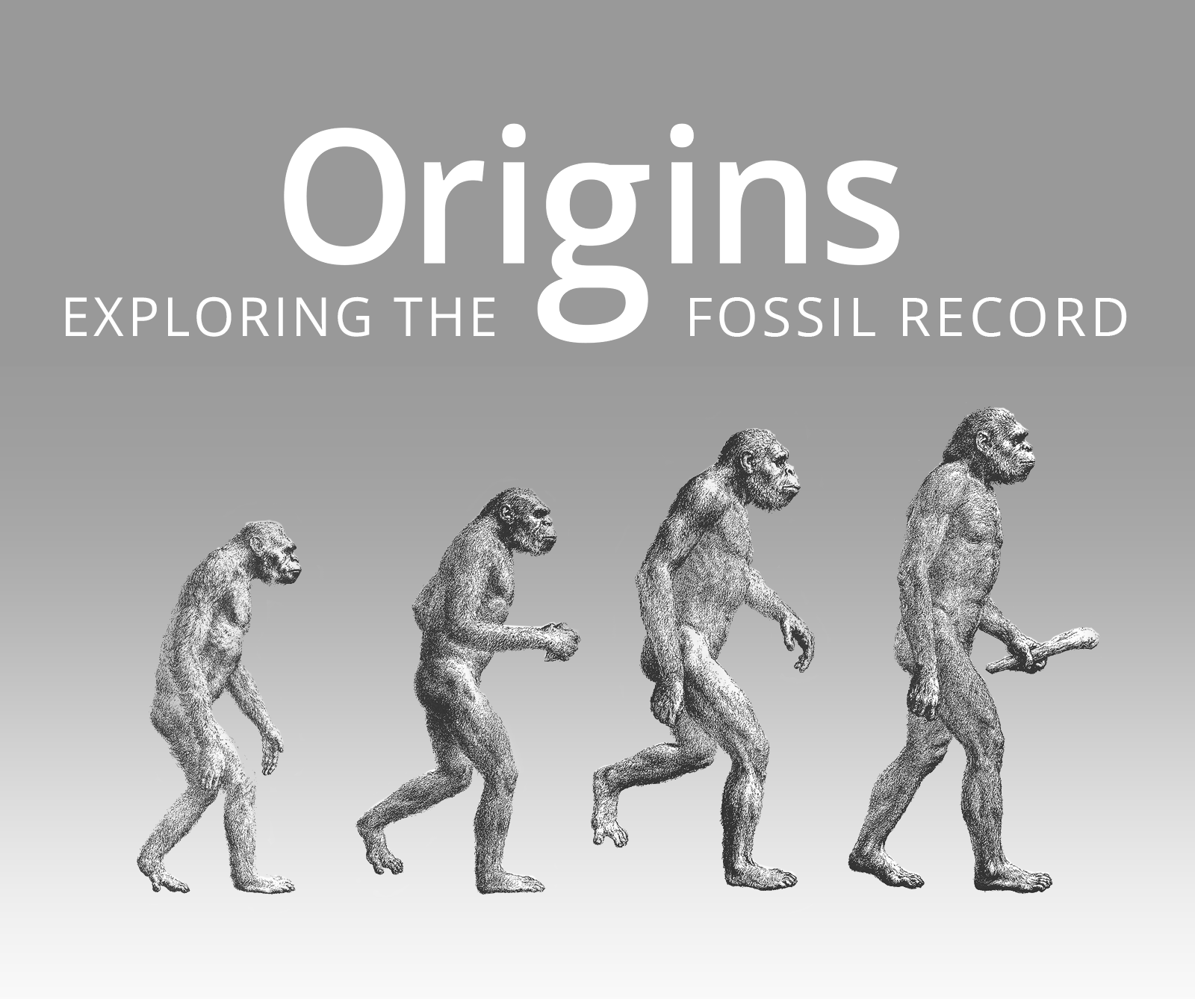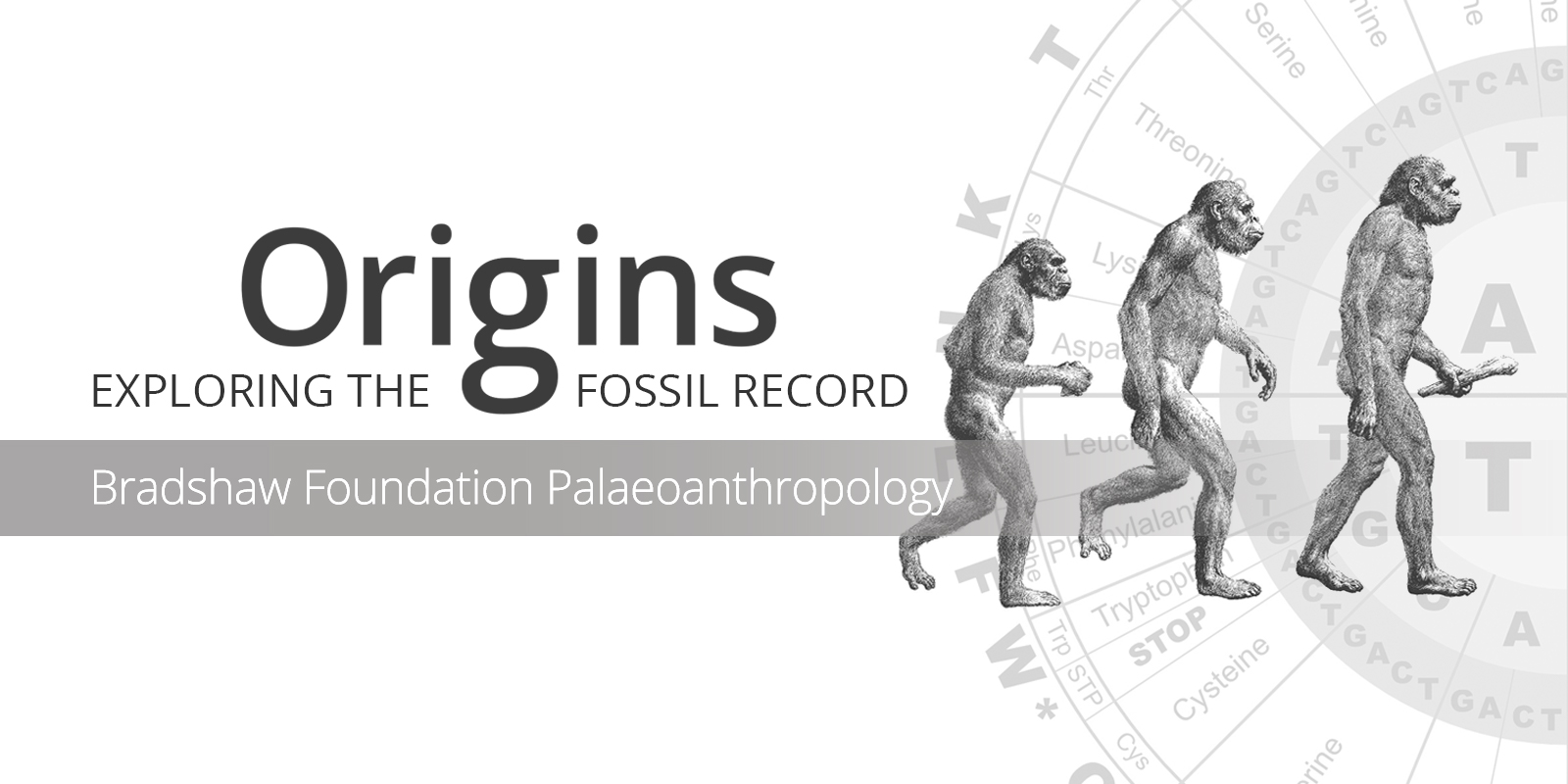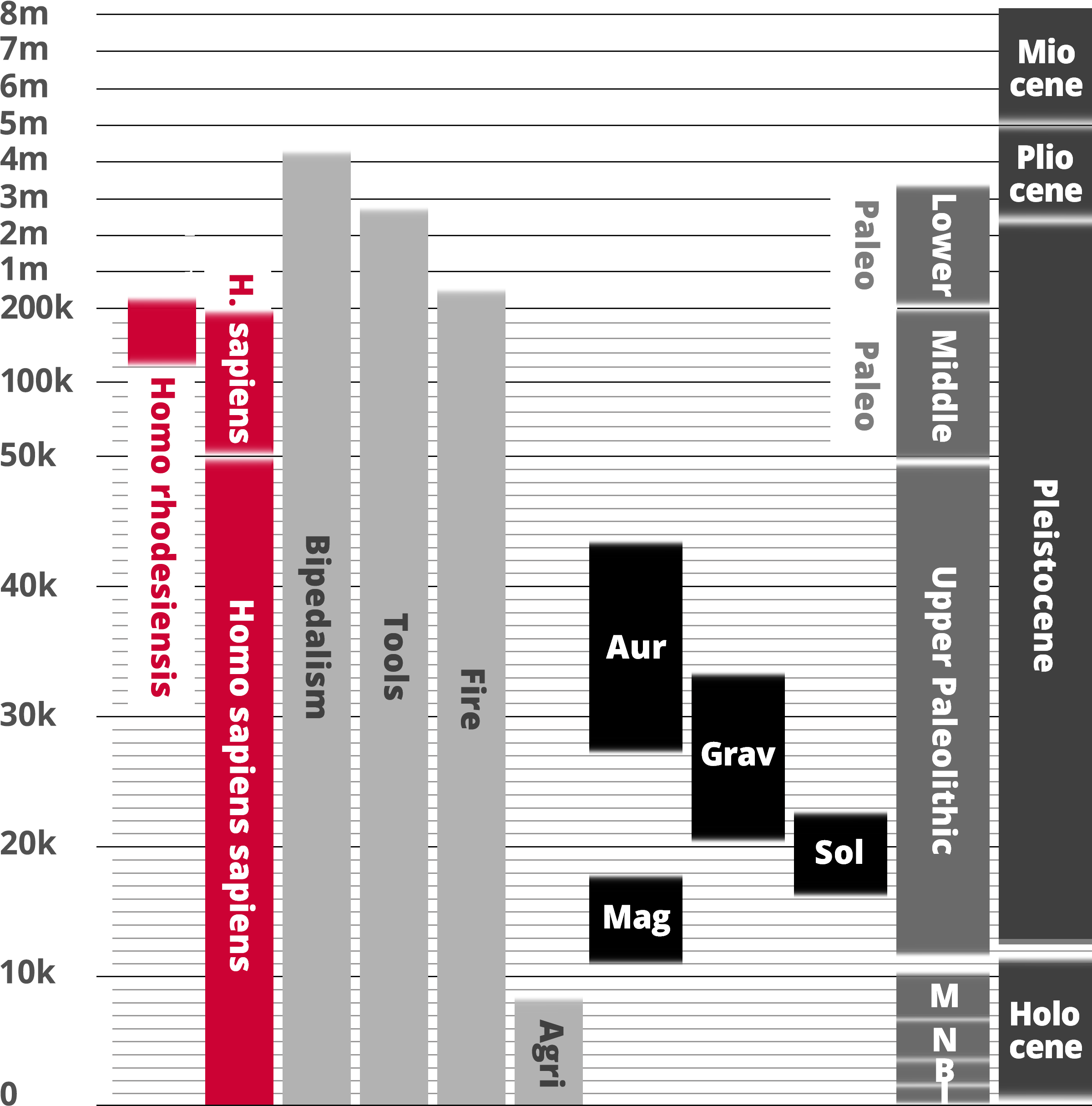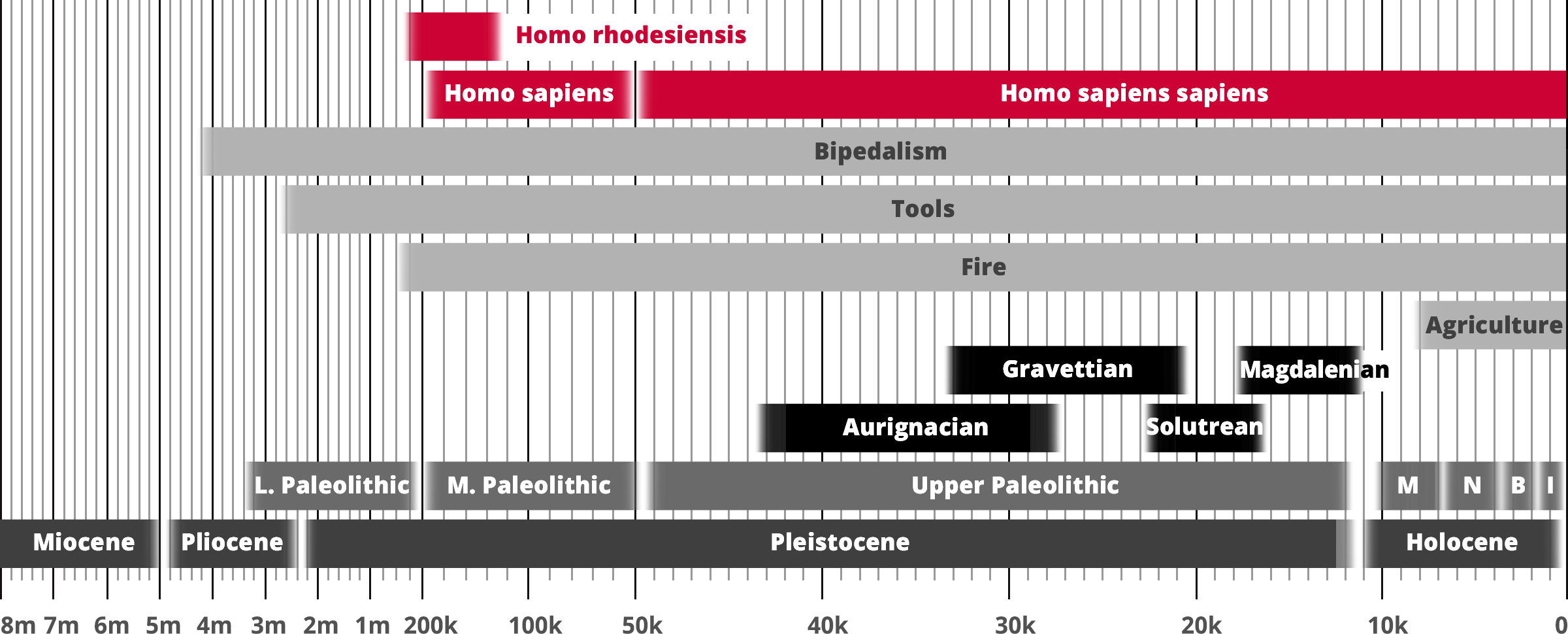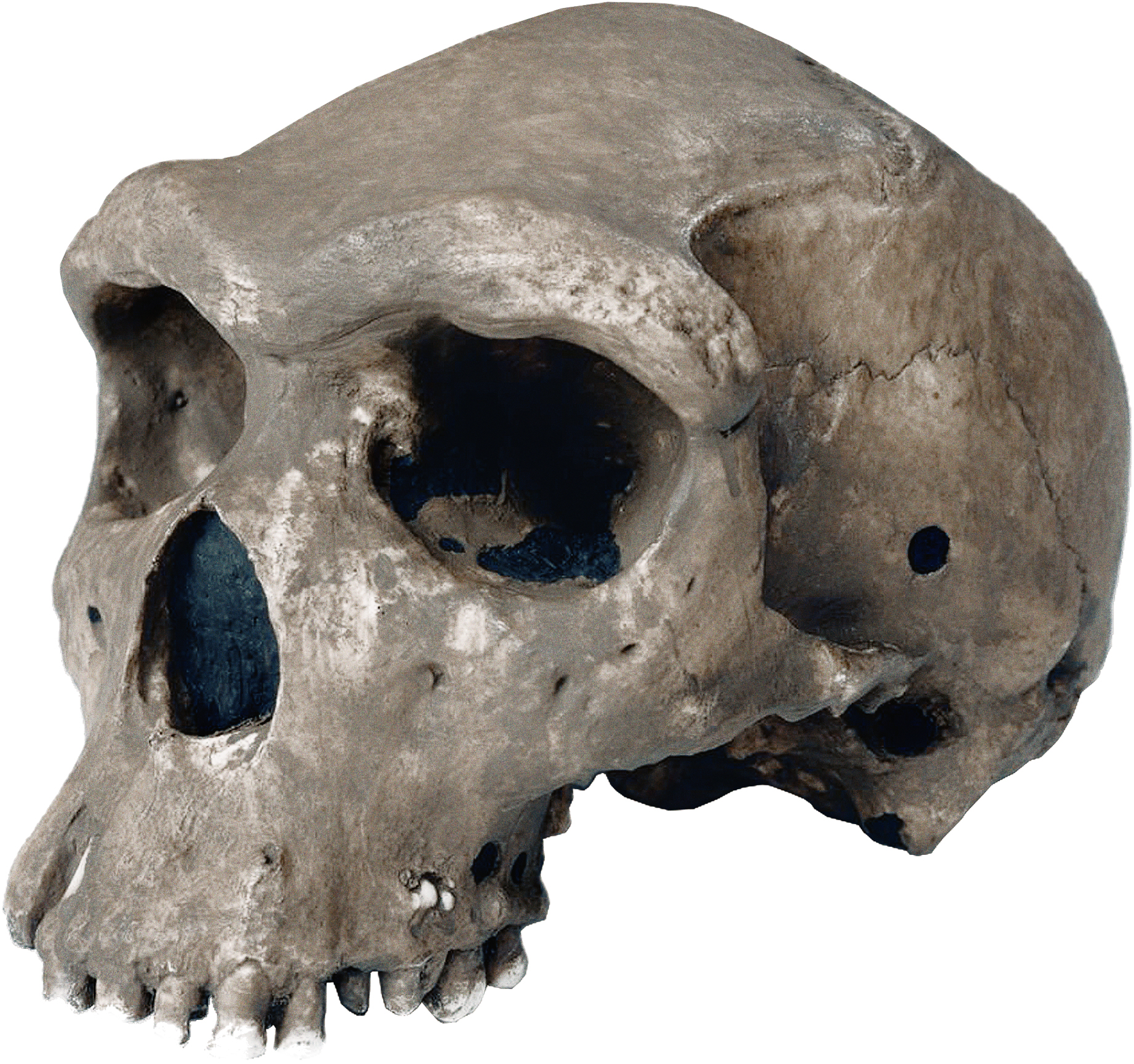Homo rhodesiensis
Homo sapiens
Hominin traits
Archaeological industry/Technocomplex including art
Period in human prehistory: M = Mesolithic; N = Neolithic; B = Bronze Age; I = Iron Age;
Geological epoch
* Note: Table based past and current research and scientific consensus
Homo rhodesiensis
Homo sapiens
Hominin traits
Archaeological industry/Technocomplex including art
Aur = Aurignacian; Mag = Magdalenian;
Grav = Gravettian; Sol = Solutrean
Period in human prehistory:
M = Mesolithic; N = Neolithic;
B = Bronze Age; I = Iron Age;
Geological epoch
* Note: Table based past and current research
and scientific consensus
'Homo rhodesiensis' was named by Arthur Smith Woodward in 1921 to classify Kabwe 1 - the 'Kabwe skull' or 'Broken Hill skull', also 'Rhodesian Man'. It represents a Middle Stone Age fossil recovered from Broken Hill mine in Kabwe, Northern Rhodesia, now Zambia. In 2020, the skull was dated to 324,000 to 274,000 years ago. Other similar older specimens also exist. Other designations such as Homo sapiens arcaicus and Homo sapiens rhodesiensis have also been proposed.
| HOMO RHODESIENSIS |
 |
| Genus: |
Homo |
| Species: |
Homo rhodesiensis |
| Other Names: |
Rhodesian Man |
| Time Period: |
400,000 to 125,000 years ago |
| Characteristics: |
'African Neanderthal' |
| Fossil Evidence: |
Fossil Skull, Northern Rhodesia, now Zambia, Africa |
A number of morphologically comparable fossil remains came to light in East Africa (Bodo, Ndutu, Eyasi, Ileret) and North Africa (Salé, Rabat, Dar-es-Soltane, Djbel Irhoud, Sidi Aberrahaman, Tighenif) during the 20th century.
Kabwe 1: also called the Broken Hill skull, or 'Rhodesian Man', was assigned by Arthur Smith Woodward in 1921 as the type specimen for Homo rhodesiensis; most contemporary scientists forego the taxon 'rhodesiensis' altogether and assign it to Homo heidelbergensis. The cranium was discovered in Broken Hill lead mine in Mutwe Wa Nsofu Area of Northern Rhodesia (now Kabwe, Zambia) on June 17, 1921 by two miners. In addition to the cranium, an upper jaw from another individual, a sacrum, a tibia, and two femur fragments were also found.
Bodo cranium: The 600,000 year old fossil was found in 1976 by members of an expedition led by Jon Kalb at Bodo D'ar in the Awash River valley of Ethiopia. Although the skull is most similar to those of Kabwe, Woodward's nomenclature was discontinued and its discoverers attributed it to H. heidelbergensis. It has features that represent a transition between Homo ergaster/erectus and Homo sapiens.
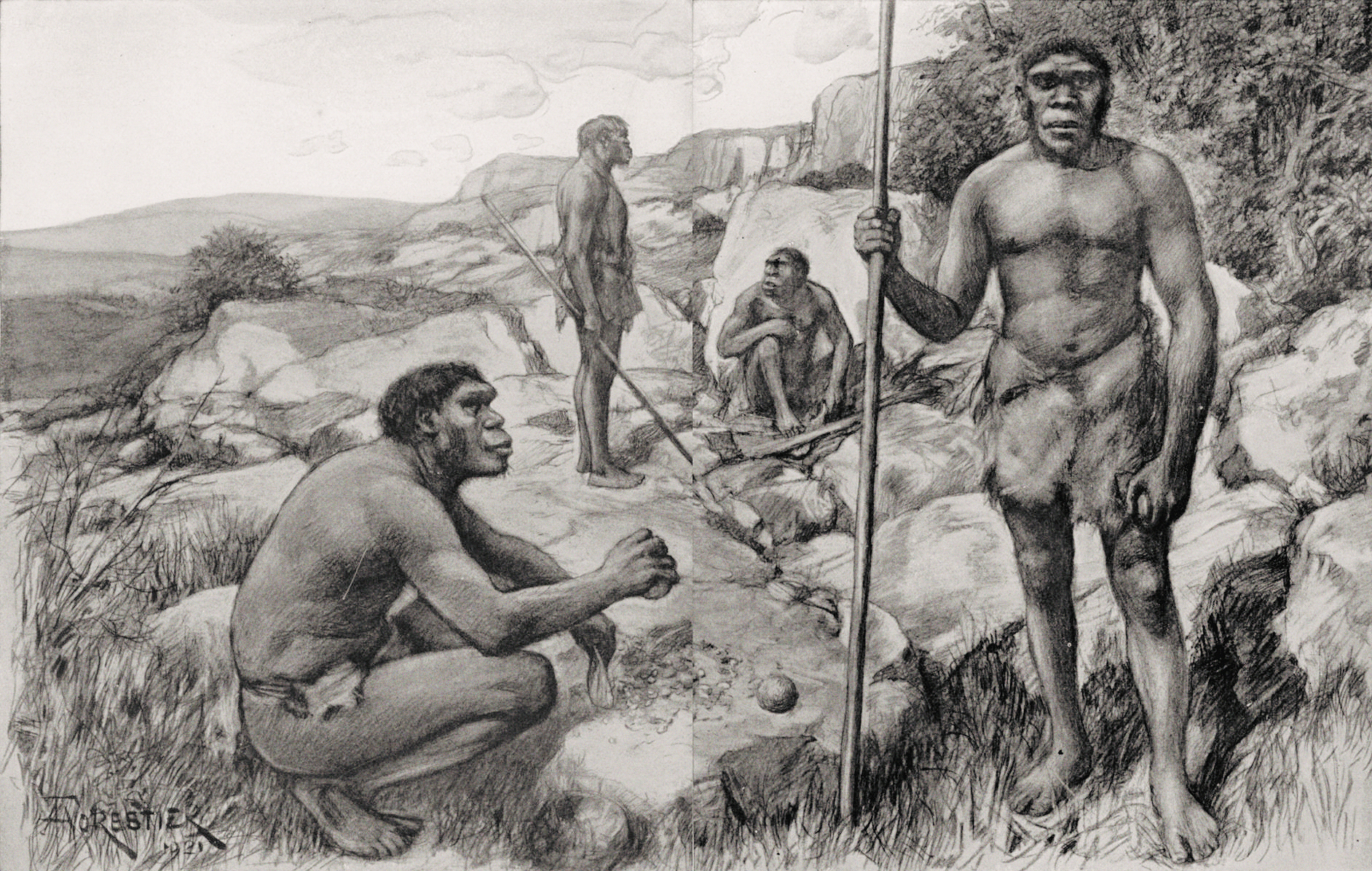
Interpretation of "Rhodesian Men" by Amédée Forestier (1922)
Ndutu cranium: 'the hominid from Lake Ndutu' in northern Tanzania, around 600–500,000 years old or 400,000 years old. In 1976 R. J. Clarke classified it as Homo erectus and it has generally been viewed that way, although points of similarity to H. sapiens have also been recognized. After comparative studies with similar finds in Africa allocation to an African subspecies of H. sapiens was considered most appropriate by Phillip Rightmire. In 2016, Chris Stringer classified the cranium as belonging to Homo heidelbergensis/Homo rhodesiensis (a species considered to be intermediate between Homo erectus and Homo sapiens) rather than as early H. sapiens.
The Saldanha cranium: found in 1953 in South Africa, and estimated at around 500,000 years old.
This specimen has an unusually large cranial capacity for its age that is estimated at around 1250 cc (in the range between ~1,200–1,325 cc) within the (lower) range of modern Homo sapiens. Researchers have suggested that Bodo butchered animals because Acheulean hand axes and cleavers, along with animal bones, were found at the site. Cuts on the Bodo cranium show the earliest evidence of removal of flesh immediately after the death of an individual using a stone tool. The findings of symmetrical cut marks with specific patterns and directionality on the cranium serve as strong evidence that de-fleshing was done purposefully for mortuary practices and represents the earliest evidence of non-utilitarian mortuary practices. The cut marks were located "laterally among the maxilla" causing speculation among researchers that the specific reason for de-fleshing was to remove the mandible.
Evolutionary significance
The cranium has an unusual appearance, which has led to debates over its taxonomy. It displays both primitive and derived features, such as a cranial capacity more similar to modern humans and a projecting supraorbital torus more like Homo erectus. Bodo and other Mid-Pleistocene hominin fossils appear to represent a lineage between Homo erectus and anatomically modern humans, although its exact location in the human evolutionary tree is still uncertain. Due to the similarities to both Homo erectus and modern humans, it has been postulated that the Bodo cranium, as well as other members of Homo heidelbergensis were part of a group of hominins that evolved distinct from Homo erectus early in the Middle Pleistocene.
In 2021, Canadian anthropologist Mirjana Roksandic and colleagues recommended the complete dissolution of H. heidelbergensis and 'H. rhodesiensis', as the name rhodesiensis honours English diamond magnate Cecil Rhodes who disenfranchised the black population in southern Africa. They classified all European H. heidelbergensis as H. neanderthalensis, and synonymised H. rhodesiensis with a new species they named 'H. bodoensis' which includes all African specimens, and potentially some from the Levant and the Balkans which have no Neanderthal-derived traits. They suggested the confusing morphology of the Middle Pleistocene was caused by periodic 'H. bodoensis' migration events into Europe following population collapses after glacial cycles, interbreeding with surviving indigenous populations.

